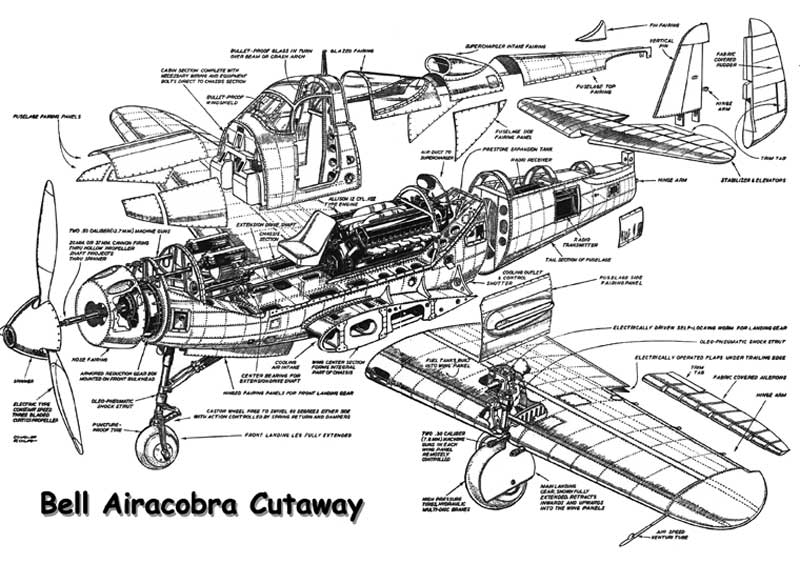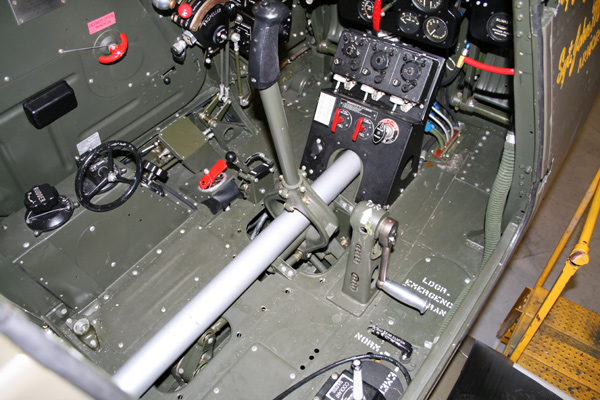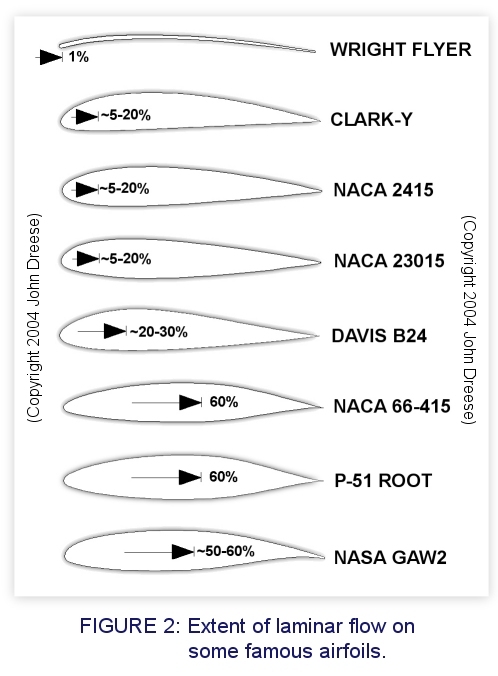Curmudgeon wrote:
Compression releases are common in the motorcycle world. I wonder why the radial engine manufacturers didn't do something similar; on a four stroke the compression release opens the exhaust valve a bit so the engine can be kick started. It seems to me that would have been pretty simple to incorporate into radial engine design, thus negating the need to pull spark plugs etc and would have saved a lot of time.
They did. Russian MP-14 radials have a release at the bottom 3 cylinders to drop any accumulated oil.
pilotbraden wrote:
In reply to alfadriver:
Most FW-190s had BMW radial engines. The FW-190D and the later TA-152 had Junker Jumo inverted V-12s.
That, I did not know. Thanks.
As for the ME109- as far I understand, most current flying ones use a RR engine, and not the original. I have, thankfully, seen one of the ME109's that use the inverted enigne- cool to see.
alfadriver wrote:
In reply to Curmudgeon:
I think you mean ME109 engines- the FW190 used a radial engine. Not only were the ME109's inverted 12's, they were also fuel injected- so the inverted G capability was far better than the Spitfire or Hurricane of the time.
The D series 190s ran inverted V-12s as well. That's why the noses look funny.
Oil accumulation is also why you never stand directly behind a radial about to start. I've watch countless people walk away from one coated with a fine mist of oil.
In reply to keethrax:
190Ds also used annular radiators leading to a lot of confusion.
Some engines w/wet sumps and upside down cylinders have a sleeve inside that is higher than the oil level to keep oil out of cylinders. Works to a point but doesn't account for splash or other factors, hence the hand-propping and plug removal.
Was taught in the aviation classes I took that one of the reasons for upside down inline engines is to increase visibility from the cockpit. I'm sure weight distribution is a factor, upside down engines put the weight down low. One of the big reasons that opposed engines are still in use on aircraft.
Appleseed wrote:
Curmudgeon wrote:
Compression releases are common in the motorcycle world. I wonder why the radial engine manufacturers didn't do something similar; on a four stroke the compression release opens the exhaust valve a bit so the engine can be kick started. It seems to me that would have been pretty simple to incorporate into radial engine design, thus negating the need to pull spark plugs etc and would have saved a lot of time.
They did. Russian MP-14 radials have a release at the bottom 3 cylinders to drop any accumulated oil.
That makes one wonder why Pratt & Whitney etc didn't do the same for their radials in WW II. It had to have occurred to them...
Appleseed wrote:
In reply to keethrax:
190Ds also used annular radiators leading to a lot of confusion.
Yep; It makes them look like they have extra long skinny radials of some weird sort in there.
wlkelley3 wrote:
Some engines w/wet sumps and upside down cylinders have a sleeve inside that is higher than the oil level to keep oil out of cylinders. Works to a point but doesn't account for splash or other factors, hence the hand-propping and plug removal.
Was taught in the aviation classes I took that one of the reasons for upside down inline engines is to increase visibility from the cockpit. I'm sure weight distribution is a factor, upside down engines put the weight down low. One of the big reasons that opposed engines are still in use on aircraft.
The unobstructed view was allegedly one of the reasons the P39 Airacobra had the engine in the middle. The thinking now is that had the engine been as powerful as, say, the P51's it would have been a better airplane.

The prop driveshaft:

The cannon was also able to fire through the center of the prop spinner, making aiming a simple matter.

The Aircobra lacked the two-stage supercharging that made the later P51s what they were. It was incredibly capable at lower altitudes due to its low polar moment but it was strangled at higher altitudes. Chuck Yeager cut his teeth in P-39s and loved them.
With an airplane operating in 3 dimensions does CG height matter? surely you just want it as close to the center as possible for polar moment? I can see the visibility argument more than absolute height.
Huh, I never knew the P39 was mid-engine. I have to think it would help with maneuverability, as well, for the same reason mid-engine cars handle like they do. Low polar moment and all that.
Also, the FW-190D had a radial-shaped nose which was dictated by the radiator shape for the V-12.
Curmudgeon wrote:
...The thinking now is that had the engine been as powerful as, say, the P51's it would have been a better airplane....
Here you go, P-63 Kingcobra:

Merlin engine, same layout. Please note "car door" style entry. Made bailing out very easy compared to other planes. I don't think it was ever adopted by the US military, but the Russians loved them. They also loved the p-39. They didn't need the altitude performance (eastern front was mostly low altitude tactical air warfare) and made great use of the 37mm on the tops of German tanks.
It even had the same "laminar flow" wing the P-51 had. Not really laminar flow, it just had an airfoil with the thick part much farther back the typical. It made for the high speed cruise efficiency of the P-51, but it also gave it a very unforgiving stall.
Next time you are at an airshow next to a P51, take a look down the wing from the tip, the difference is pretty obvious.

The original reason for the P-39 layout was that there wsd no way to stick the Oldsmobile 37mm cannon between the cylinder banks of the Allison. It was simply too big. So Bell put it behind the pilot, otherwise the cockpit would have been back at the tail.
bgkast wrote:
It must have been fun hand propping those engines 20 feet in the air.
look at the size of the wing.. the mechanics probably walked inside and cranked them from the opposite end from the prop
 That's wild. I've seen an Antonov up close, its hard to imagine anything much larger, let alone a prop powered piece of wood.
That's wild. I've seen an Antonov up close, its hard to imagine anything much larger, let alone a prop powered piece of wood.

yamaha
MegaDork
3/24/15 1:51 p.m.
Curmudgeon wrote:
The cannon was also able to fire through the center of the prop spinner, making aiming a simple matter.

Shame the 37mm cannon sucked so badly. The centralized firepower concept is why most of the leading US Aces flew P-38's for most of their kills. 
HappyAndy wrote:
That's wild. I've seen an Antonov up close, its hard to imagine anything much larger, let alone a prop powered piece of wood.
You didn't just see one, you saw the only AN-225 ever built!
The spruce goose wings were quite large. Here is a picture of PART of the wing being constructed.

Tom_Spangler wrote:
Huh, I never knew the P39 was mid-engine. I have to think it would help with maneuverability, as well, for the same reason mid-engine cars handle like they do. Low polar moment and all that.
It seems the P39 was known for being easy to 'flat spin'. The CW at the time was that it did that because of the big ol' engine being in the middle, but I honestly don't see how that could be the reason. There was so much forward thinking in that aircraft... don't get me wrong I loves me some P40, P47 and P51 but I hate the P39 was passed over by its more famous brethren.
GameboyRMH wrote:
HappyAndy wrote:
That's wild. I've seen an Antonov up close, its hard to imagine anything much larger, let alone a prop powered piece of wood.
You didn't just see one, you saw the only AN-225 ever built!
I can't say for sure that it was a 225, but it did have 2 vertical stabilizers. I saw it flying out of PHL, and it made a 747 look small. It some of the ships in the Delaware River look small.....One of my clients has a yard right near the end of PHL's longest runway, I've seen some interesting things fly in and out of there over the years.



















 That's wild. I've seen an Antonov up close, its hard to imagine anything much larger, let alone a prop powered piece of wood.
That's wild. I've seen an Antonov up close, its hard to imagine anything much larger, let alone a prop powered piece of wood.

























